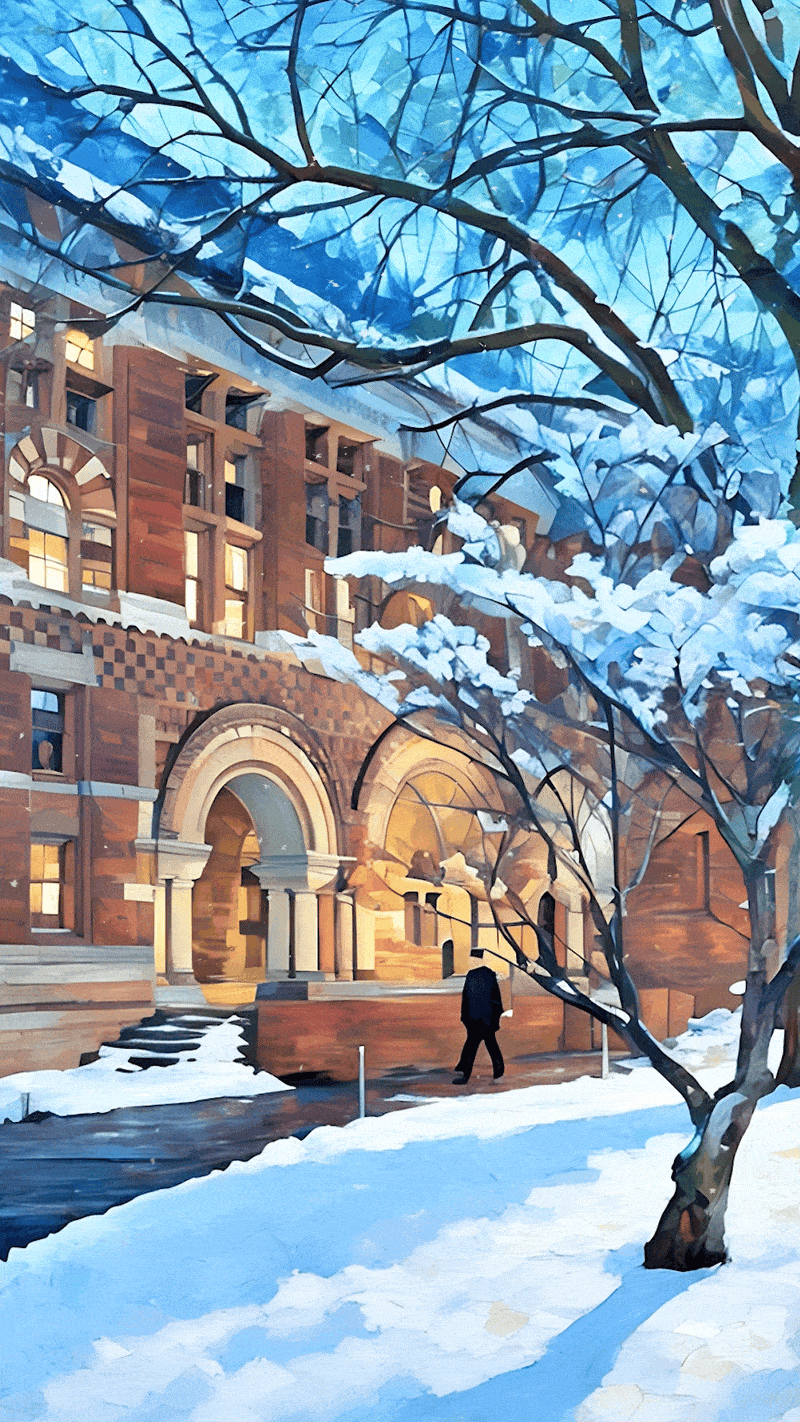Want to know what love is after 33 years of marriage? One’s wife turns on Elf and leaves the room. I absolutely love Elf, makes me feel so young. My wife would rather change a flat car tire than watch Elf again for the 19th time. But she extends the offering because she loves how I become young again, enthralled with Elf in the city wonderland of midtown Manhattan. Love my wife.
=========
As Elf plays on the television in the background, I want to address this evening another wrinkle in the racial days of our lives. Would I be so engaged with black topics if I were born White or Jewish or Indian American? I wonder sometimes about the ecosystem created by in-laws who live in Blackistan. Blackistan is a state of mind not found on a map or GPS or Google Maps. Blackistan refers to a state of mind inhabited by those for whom blackness is extremely important or very important to one’s sense of self. I am often visited by in-laws from Blackistan.
Earlier this week, I was living in color indifferent America. I was living well and doing fine. Life was good. My mood was blissful more or less. And then it happened, out of the blue, unanticipated and uninvited — a text message from a family member living in a different world. And what did the text message say? Surely, the sky must be falling:
JUST IN: Harvard Law’s incoming class includes just 19 Black first-year students—the lowest since the 1960s. This comes in the wake of last year’s SCOTUS ruling gutting affirmative action. The impact isn’t hypothetical; it’s here. Brian Allen (@allenanalysis) x.com
Several observations are in order. This essay will not be long.
First, for many years too many black law students at Harvard have been at the bottom of the class. In the early 2000s, 50% of the black law students were in the bottom 10% of the class. The framing of the text message invites trepidation and dread. The sky is falling! Suppose the opposite is true. Why doesn’t the text message tell me the incoming qualifications of the incoming 19 students? Isn’t that relevant to this race story? Suppose the incoming 19 students average at the mean or norm for the entire class? I suspect their entering credentials are more competitive than the previous class of 43 black first-year law students. Shouldn’t we know the full story and not just a partial framing that the numbers dropped from 43 to 19?
Second, let’s assume my suspicions are true. I am a former law professor, so I suspect removing race as a factor in the admissions process meant a great emphasis on LSAT scores and grade point averages. Let’s assume the entering class of 19 black students are indistinguishable in competitiveness from their non-white classmates. In a moral universe, is it better for 19 black students to be in the middle of the class or for 43 black students to average in the bottom tenth percent of the class? Hmmn. I vote for door number 1. I choose quality over quantity.
Third, why does this framing of the story obsess over race? Law school is hard enough for anyone. Why focus on skin color and count bodies? The story should focus on the individual. Are more competitive individuals, regardless of race, admitted into the first year class? Race is no guarantee of mastery of legal analysis. We do admitted students no favor if we hold students to lower standards due to immutable characteristics.
Fourth, notice the negative framing of the story. There is a focus on “the lowest since the 1960s.” Why don’t we focus on the flip side of this coin? Are the admitted 19 black students less likely to suffer from imposter syndrome? Are the admitted 19 black students more likely to join integrated study groups since they are competitive with their average classmates from day one? We need to see more admitted black classmates who will dominate class ranking at the law school. Did you know that, before the Class of 1968, there were not many black law students at the law school? However, the few outshined their many white classmates on more than a few occasions.
And this brings me to my final point. There is no correlation between pioneer black success on Harvard Law Review, an honor traditionally reserved for the top five percent of the class, and the number of entering black law students. Some might argue that we need a healthy mass of black law students to ensure black success in the law classroom. Nothing could be further from the truth. The Black presence at Harvard Law School began with the Class of 1869, well before the Class of 1968.
For example, Charles Hamilton Houston (1895-1950) was selected for the Law Review based on his stellar academic record. He graduated with cum laude distinction in the Class of 1922. I doubt Houston’s class was more than 2% black. Houston’s second cousin, William Henry Hastie (1904-1976), followed Houston onto the Law Review. Hastie graduated in the Class of 1930 with cum laude distinction. William Thaddeus Coleman, Jr. (1920-2017) graduated first in his class of 1946 with magna cum laude distinction. Coleman was the only black member of Harvard Law Review and he excelled over all comers. How many black classmates were in Coleman’s Class of 1946? Take a guess. 43 black classmates? Wildly off the mark. 19 black classmates? Still way too generous.
The Harvard Law School Class of 1946 contained 453 students. The Class of 1946 was one of the largest classes in the history of the law school. Of these 453 students, two were black — the number one student William T. Coleman, Jr. and his classmate George N. Leighton. Source: Directory of Harvard Law School Black Alumni (May 1983) Two black students. Half of one percent. That was it. I would suggest it is better for black student psychology to be in a class where the number one student is black than to be in a class containing 43 black students where the average black student is in the bottom tenth percentile of the class.
What do you think?
Conclusion: The sky is not falling at Harvard Law School for black law students. If anything and I can’t prove it, the average admitted black classmate may be more competitive compared to last year. There is nothing magical about x number of black law students. The magic is returning to the outsized academic achievements of Houston, Hastie and Coleman in the classroom. And did you notice the influence of family? Houston and Hastie were second cousins. After Coleman, the next black student on the Law Review, Christopher Edley, Jr. (1953-2024,) was the son of a Harvard Law School dad, Christopher Edley, Sr. (1928-2003). Edley Sr. was Class of 1953. Edley Jr. was Class of 1978. See My Memories of Professor Edley See also The Wilkins Family.
Send me more success stories about black law students graduating with cum laude and magna cum laude degrees. That’s what I want to read about. Not hyperbolic language (“gutting affirmative action”) but driven reincarnations of Houston, Hastie, Coleman, Edley and Wilkins dominating classroom hypotheticals in Austin Hall.
Austin Hall, Harvard Law School





Whilst we're talking movies - did you watch American Writer yet? Absolutely hilarious.